Aside from vegans, few people can complain about good cheese. When the right cheese is paired with the right dish, it can bring the overall taste from yummy to extraordinary. From pizza to pasta to tacos, cheese belongs on everything…or does it?
What you may not realize is that cheese is not always included in Mexican dishes. Americanized versions of Mexican foods often do have some form of cheese or another, but authentic cuisine omits cheese a good portion of the time. Street tacos, for example, are not served with cheese in Mexico.
This begs the question: how did cheese end up on so much of our Mexican food? Turns out Mexican cheeses have a rich and winding history so buckle up, this story is a Gouda one.
The Epic Tale of Monterey Jack
One of the most common cheeses to find on or in Mexican dishes is Monterey Jack. Its melty, buttery, subtle flavor, sometimes flecked with jalapenos or pimientos goes perfectly with the heat of many famous Mexican foods.
But this still doesn’t answer the question: is Monterey Jack Mexican?
Not entirely. Monterey Jack originated as a soft Italian cheese, similar to the kind that Caesar’s army consumed during the Roman empire. Eventually, it migrated to Spain where the Spanish created their own spin on the stuff, before bringing it to Mexico in the 1700s.
As you may or may not remember from history classes, California was a Mexican territory until the mid-1800s. After the U.S. claimed it, the cheese that was once residing in Mexico suddenly found itself in the good ol’ US of A. However, it wasn’t until the autumn of 1955 that the U.S. Food and Drug Administration recognized Monterey Jack.
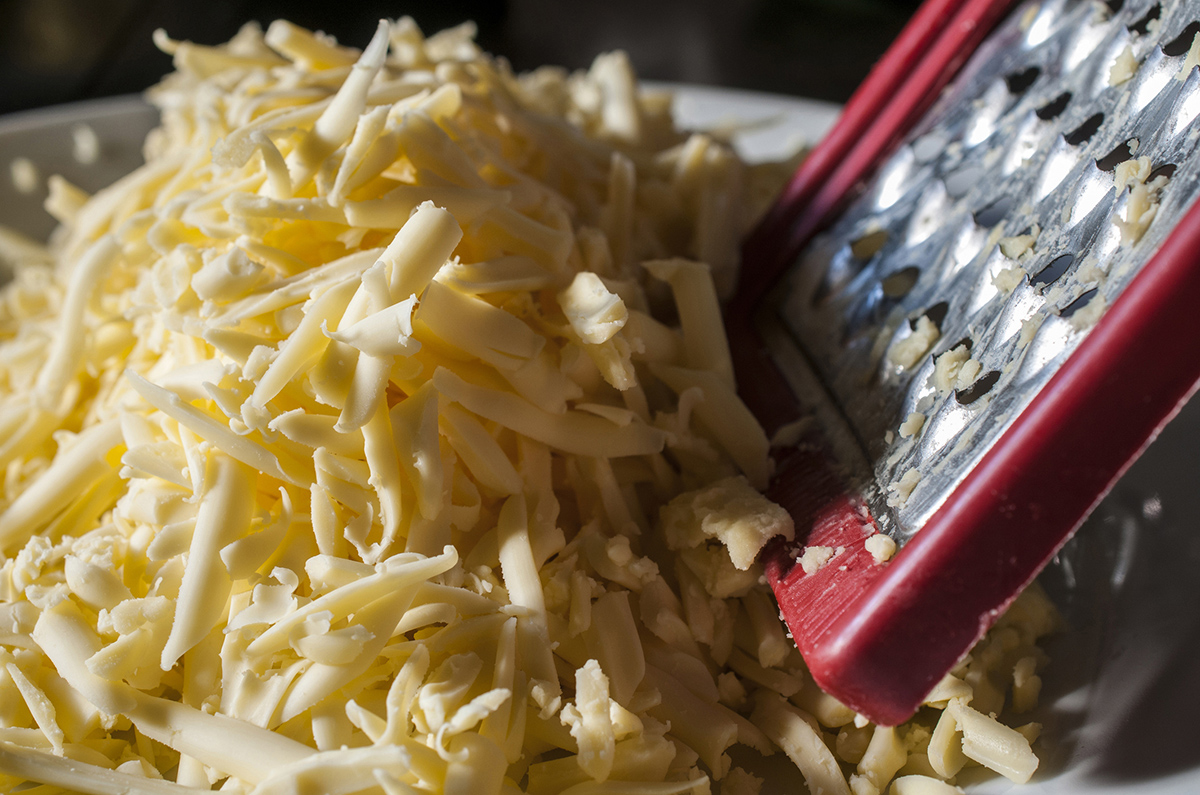
How Did Monterey Jack Cheese Get Its Name?
Interestingly enough, there are three individuals who claim to have coined Monterey Jack. Since we know that it came over from Spain in the 1700s, neither of these stories seem to be true. However, it is possible that any or all of these people did contribute to the development and popularization of the cheese.
The first is Dona Juana Cota De Boronda who claimed to have invented it when she made her version of this cheese at her small dairy store.
The second is Domingo Pedrazzi, who made the cheese with a horsejack press (hence the second part of the name).
The third is David Jack, who recognized its popularity and capitalistic potential and began selling it commercially in the 1950s. His last name, coupled with the area where he owned land, Monterey, is supposedly where the modern name came from.
Mexican Dishes With Monterey Jack Cheese
It is worth noting that even though Monterey Jack cheese is popular in Mexico, it still isn’t used in many traditional Mexican dishes. Its use is generally found more in Tex-Mex or Americanized versions of Mexican foods.
Despite this, however, it is great in:
- Quesadillas
- Nachos
- Empanadas
- Burritos
- Enchiladas
What Are Common Mexican Cheeses?
Monterey Jack is by no means the only cheese that can be found in Mexican dishes. There are several amazing varieties that crop up in Mexican food from time to time. When a dish needs a little extra something, one of these will likely do the trick.
Queso Cotija

One of the most popular Mexican cheeses around, Cotija is a winner no matter how you slice it. Or rather, how you crumble it. This crumbly, dry cheese is an incredible addition to beans, salads, corn and tacos. It has definite saltiness to it, packing a flavor punch no matter what you put it on.
Cojita is a town in Michoacan and is where this staple Mexican cheese originated.
Queso Chihuahua
Chihuahua cheese is perhaps the opposite of Cotija. It is melty, gooey, and mild, and is often compared to cheddar cheeses in the United States. This cheese was originally made by Mennonites, so sometimes it is called Queso Menonita. You’ll find it used quite a bit in cheese dips, usually called “queso fundido.”
Queso Manchego
Manchego cheese is another popular Mexican cheese that is commonly consumed straight up. It’s a fantastic snack cheese and is great for inside quesadillas. Pay attention to the ingredients when you buy it. Spanish Manchego is made with sheep’s milk while Mexican Manchego is cow’s!
Queso Fresco
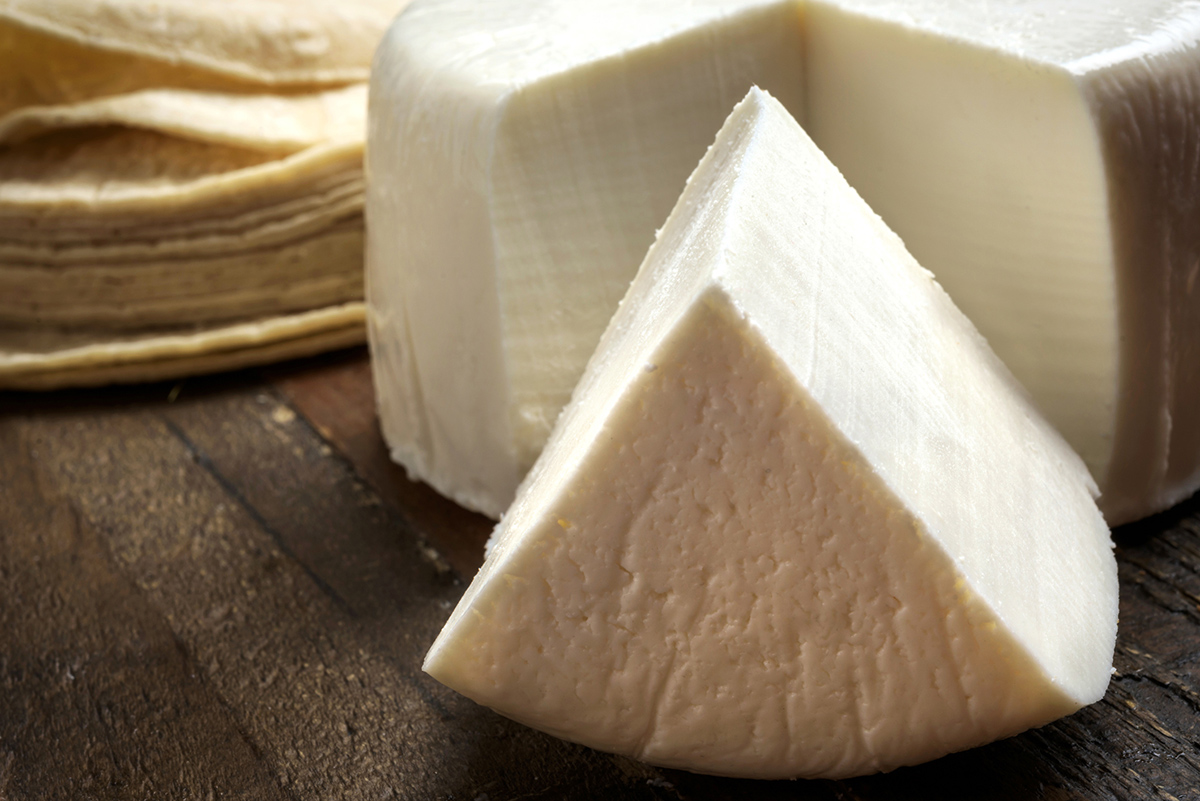
Translating to “fresh cheese,” this option is great for those who want more of that mild, fresh flavor instead of the more sharp and aged varieties. It is crumbly like Cotija, but much less dry. In fact, Queso Fresco has more of a spongy texture rather than a dry one. Depending on the kind you get, it can be salty or more on the bland side.
This cheese is great on tacos, beans, and chilaquiles as it gives a little texture and pizzazz without overwhelming the dish.
Queso Añejo
This is the yin to Queso Fresco’s yang. Translating to “old cheese” this option is a lot more delicious than it might sound. It is used just like Queso Fresco, but has a more sharp, aged profile. It’s also slightly less spongy, but not by too much.
Queso Panela
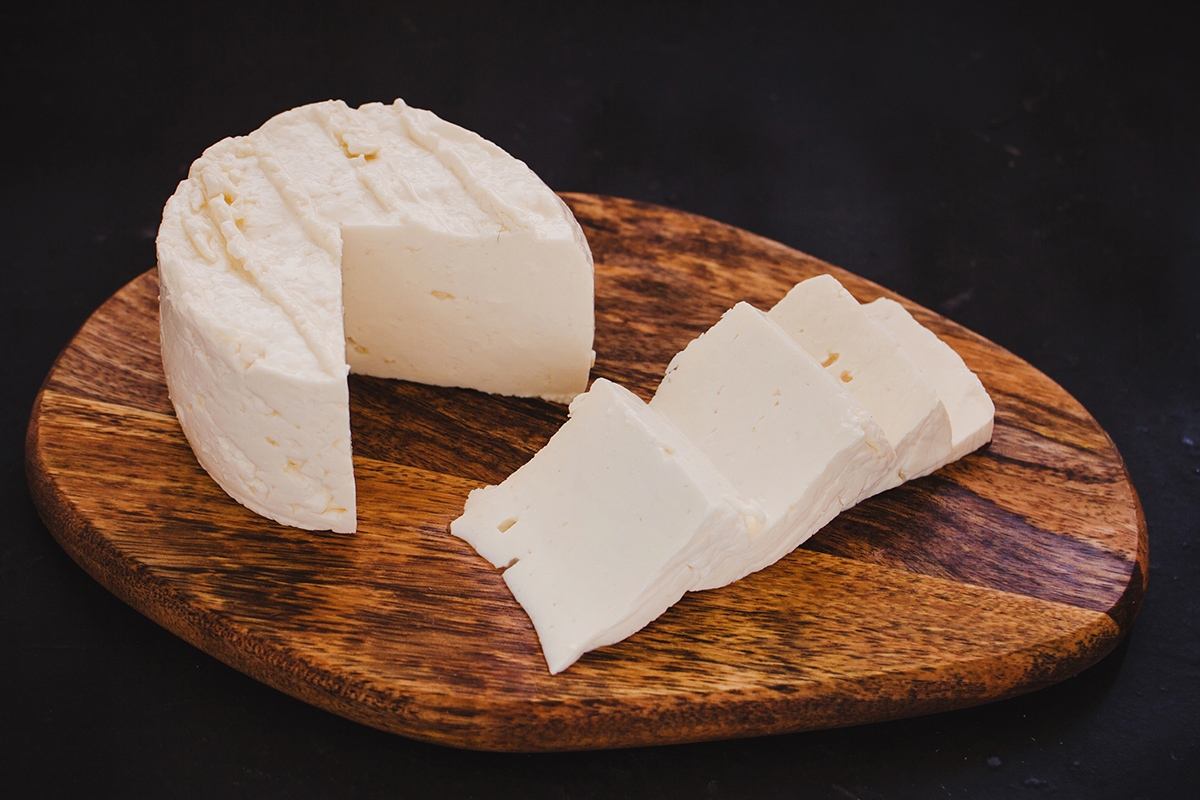
Panela cheese is made with skim milk, giving it a distinct “bendy” texture. It’s incredibly easy to slice, but nearly impossible to crumble. Panela cheese can squeak when cut or bitten, almost like a fresh Wisconsin cheese curd.
Perhaps the most interesting aspect of Queso Panela is that it will not melt. Its lack of fat makes it more of a tofu consistency than a normal melting cheese, so it’s great on its own or as a fried cheese dish. Craving a quesadilla? Probably don’t pick this one up.
Queso Blanco
Translated to “white cheese,” this option is yet another crumbly cheese for Mexican food. It’s softer than Cotija, making it a more subtle option for refried beans, salads, and enchiladas.
Queso Blanco is unique in that it melts well without melting completely. This makes it great on hot foods, blending a little bit of structure with melty gooey deliciousness.
Crema
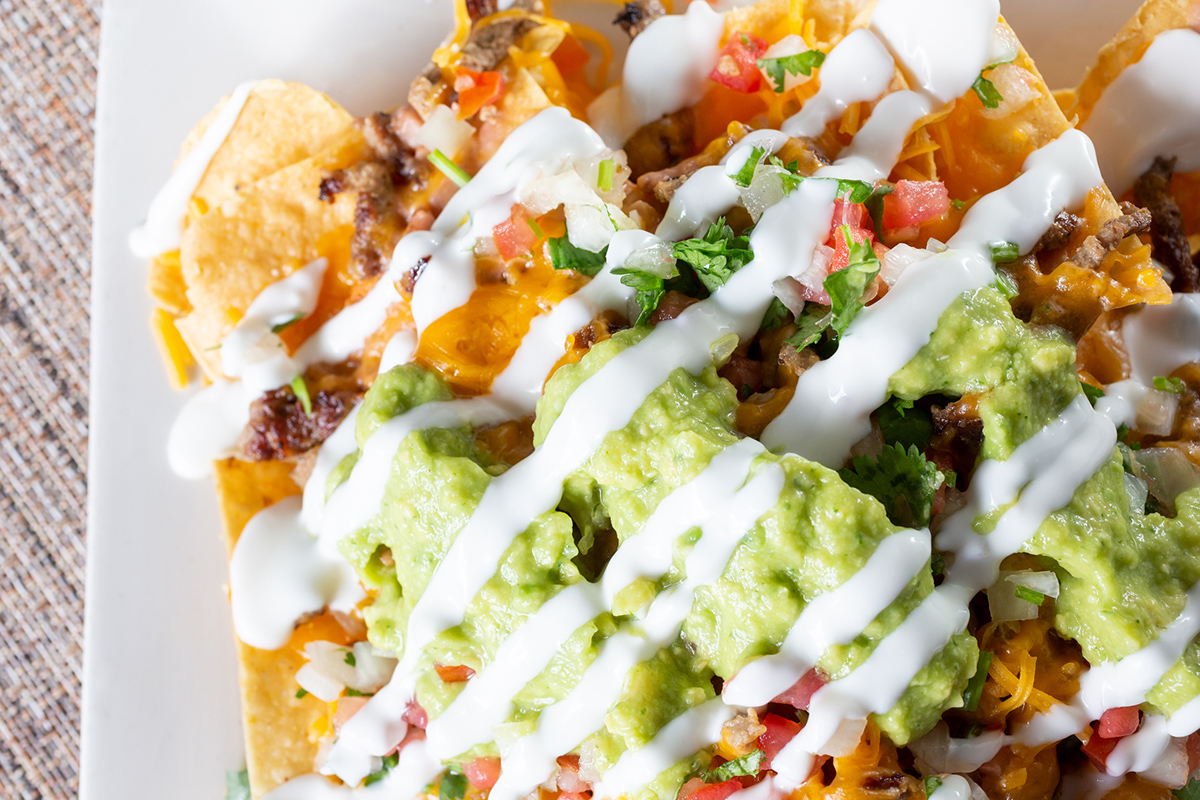
Crema is considered the Mexican version of sour cream. While sour cream is thick and, well, sour, crema is not so much. It’s a bit thinner and lacks that sour flavor that some people love. Mexican crema generally has 30% fat whereas sour cream usually only has 20%. This makes crema much less jarring in soups and on vegetables. It also doesn’t curdle nearly as much as sour cream does.
Requesón
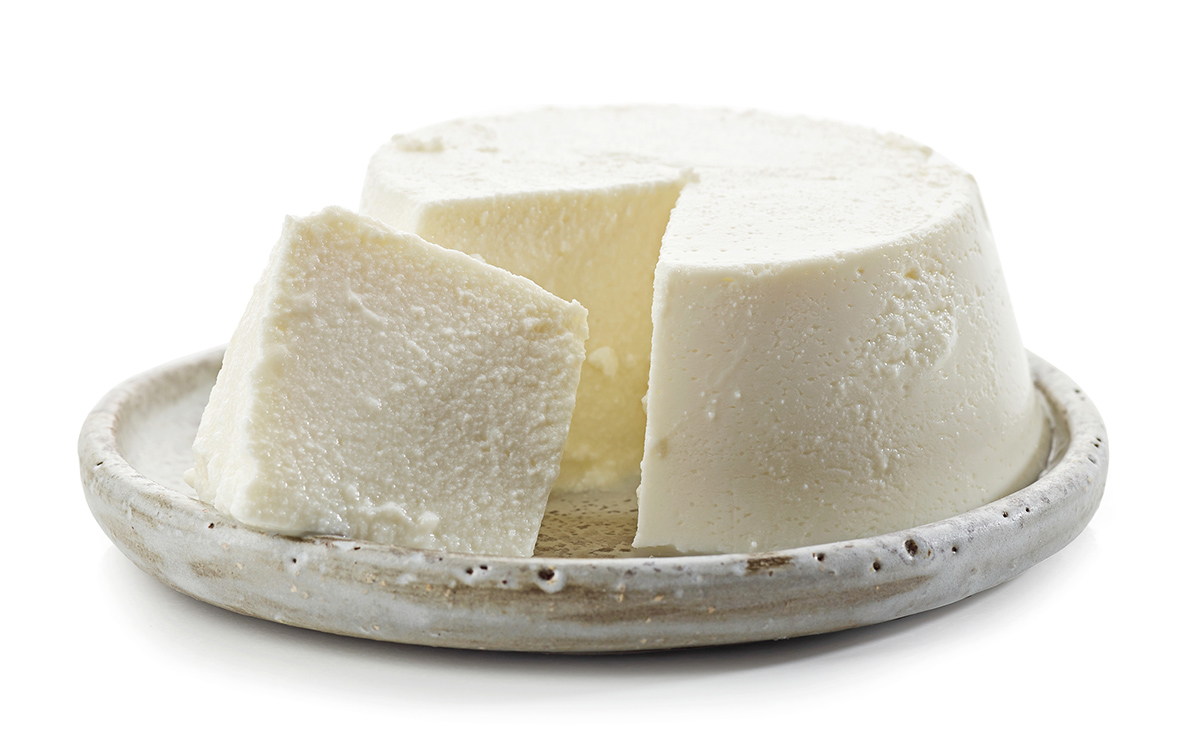
Requesón translates to ricotta, which gives you a good idea of what it’s like. It’s more of a spread or a filling than a traditional cheese and is rarely eaten on its own. It’s often found inside of gorditas, enchiladas, etc. Sometimes, market vendors in Mexico will sell Requesón in corn leaves.
Queso Oaxaca

Consider this the Mexican string cheese. It’s fairly soft and creamy and pulls off in delicious strings just like United States’ string cheese does. Queso Oaxaca, however, is often put in dishes whereas string cheese is not. You’ll find Oaxacan cheese in quesadillas and stuffed chilis, when the cook wants a cheese that will melt well without getting too runny.
Why Does the U.S. Put Cheese on Their Mexican Food?
It’s hard to tell for sure why Americans love to pile their Mexican dishes with cheese when the recipe hasn’t asked them to do so. However, a handful of the blended Mexican-American recipes make a lot of sense. The southern United States got a significant part of its land from Mexico. This means that in Texas and California especially, there are large Mexican populations. As the country grew, the Mexican dishes began to meld more with the more European ingredients of new settlers, including dairy.
This likely isn’t the whole picture, however. Traditional Mexican dishes do sometimes include cheese, so it wasn’t unheard of before the United States took over more territory. The European influence probably just enhanced the dairy ingredients and dishes.
The reality is that in the modern-day United States, many people simply like cheese and will use it whenever they can and who are we to shame them for that?
Pick Up Backyard Taco Today!
Here at Backyard Taco, we aren’t just passionate about food, we’re passionate about where it came from and how it should be made. That’s why we’ve created a taco joint that not only provides stellar flavors and delicious dishes, but also lets the customers in on the secrets of the trade. Knowing about the flavors, ingredients, and cheeses that go into your food can lead to a deeper appreciation of Mexican culture and can help you to enjoy your food even more.
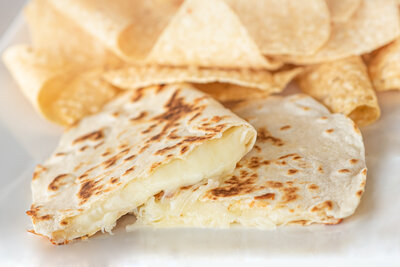
Whether you are looking for an authentic street taco, a cheesy quesadilla, a delicious burrito, or a diet-friendly bowl, we provide high-quality food at approachable prices. The whole family loves having Backyard Taco.
Let us take care of dinner tonight, order Backyard Taco online today!

Dr. Tyler loves tacos! He is one of the owners of Backyard Taco, and can sometimes be found moonlighting there at night or on the weekends.
Dr. Tyler Robison is an alum of Mesa’s Mountain View High School. He graduted from Brigham Young University before being accepted to the “Top Ten-nationally ranked” University of Louisville in Kentucky, where he earned his Doctorate in Dental Medicine and a Master’s Degree in Oral Biology. He graduated with honors in the top ten percent of his class. Dr. Robison continued at the University of the Pacific in San Francisco, where he received a second master’s degree in dental science and his orthodontic certification.
Dr. Tyler enjoys serving in his community. He is a provider for the Smile Back Foundation, which offers scholarships for free dental treatment to underprivileged East Valley students. He is also a Major in the U.S. Army Reserve and served during Operation Enduring Freedom in 2008.
Dr. Tyler Robison’s favorite pastimes include spending time with his family on the lake, at the beach, or on the slopes. He is an avid and crazy snowboarder! He has three incredible sons and one sweet daughter: Caden, Jace, Crew, and Bliss.


